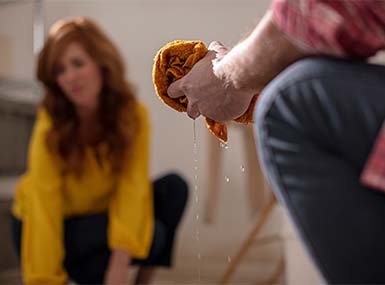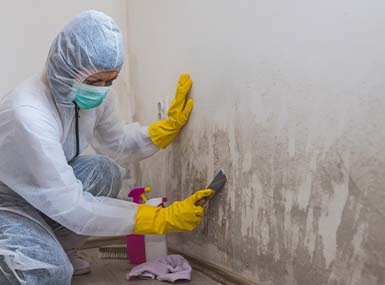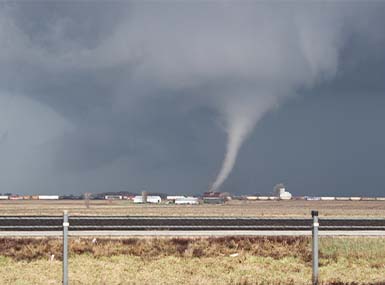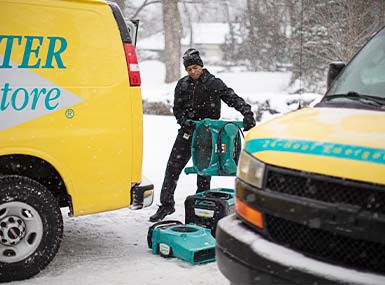Helping You Get Back to Normal
When disaster strikes, turn to ServiceMaster Restoration Services - Baraboo in Baraboo. We'll take care of the damage, with minimal interruption, so you can get back to working or living normally as fast as we can.
We are locally owned and operated and truly care about our local residents and community. We're backed by a national franchise with over 65 years of experience, ensure when you call us you'll receive a skilled and experienced team who'll get the job done right.
At ServiceMaster Restoration Services - Baraboo we care about your happiness, well-being, and experience. Once we have finished our work, we will follow up to ensure your satisfaction. Contact us today and we'll guide you through every step. You can count on us for your commercial and residential disaster restoration services.
For professional restoration services near you, call (608) 470-8077 or contact us online today.









